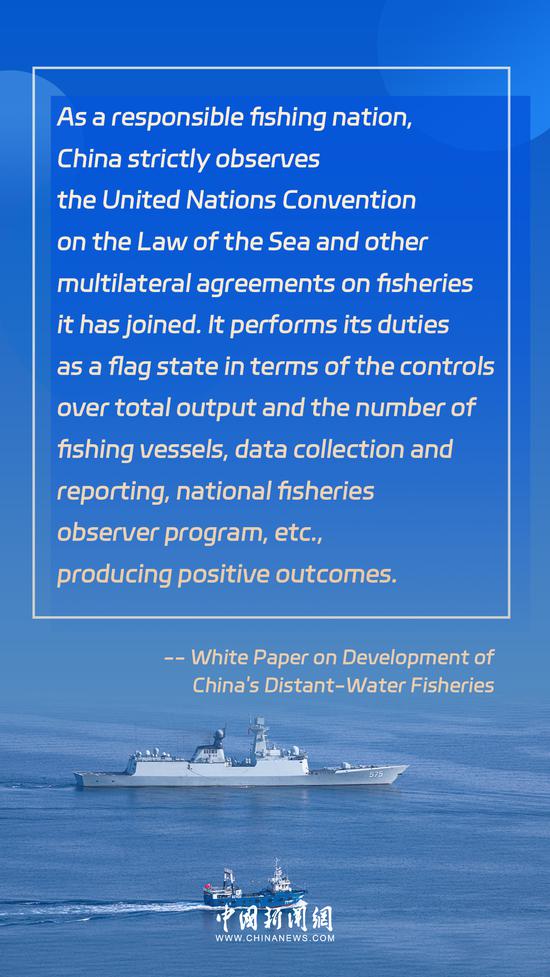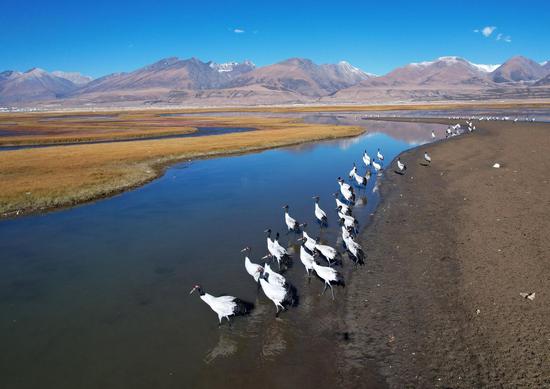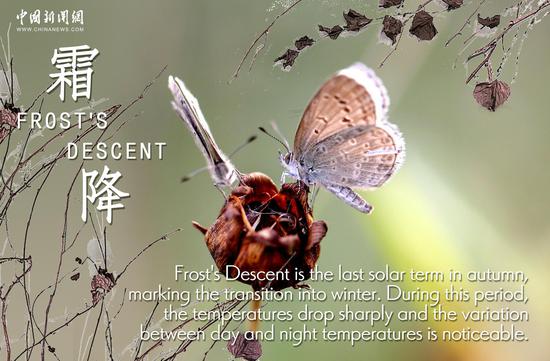
Police officers rescue birds trapped in a net set by poachers in Huludao, Liaoning province, last year. (CAI BING/FOR CHINA DAILY)
From January 2014 to March 2020, Chinese authorities won convictions in more than 9,000 cases involving illegal wildlife hunting.
The criminals in those cases illegally hunted 673 species, accounting for 21 percent of the total number of terrestrial vertebrate species in China, including 25 percent of the threatened species listed by the International Union for Conservation of Nature. The total number of individual hunted animals exceeded 3 million, according to a recent study.
The study, led by Liang Dan, an associate research scholar at Princeton University in the United States who is a doctoral graduate of Sun Yat-sen University in Guangzhou, Guangdong province, was conducted by Liang and four other researchers from China and the US, and was published on Oct 23 in Nature magazine.
The illegal harvesting and trading of wildlife have long been major hindrances to global biodiversity, Liang told China Daily. Thanks to China's efforts to combat illegal hunting and consumption, their impact on the country's biodiversity has been reduced. However, until recently there has been a lack of any comprehensive scientific assessments of the problems.
"Our research filled the gap," Liang said.
Harming biodiversity
Titled "Assessing the illegal hunting of native wildlife in China", the study extracted 9,256 convictions for illegal hunting from a nationwide database of trial verdicts announced from January 2014 to March 2020. The convictions resulted from China's law enforcement efforts, and the nation's transparent sharing of verdicts played a key role in the research, Liang said.
The study assessed the characteristics and impact of hunting on four types of vertebrates in China: amphibians (514 species), reptiles (511), birds (1,445) and mammals (672).
Liang said that China is one of the world's most biodiverse countries. It is home to more than 3,000 vertebrate species, around 20 percent of which are found nowhere else.
The study found that 673 wildlife species were illegally hunted during the research period. It also took into account that not all cases of illegal hunting could be uncovered and considered the possibility that there could be more species involved.
Through a series of models, the study identified an additional 781 wildlife species that were at high risk of being hunted but did not appear in the verdicts, including 90 threatened species.
"These analyses to some extent overcome the biases in assessing illegal wildlife hunting and trade through public data and can provide important scientific insights for law enforcement activities on the issue in the future," Liang said.
The study then assessed the motivations behind illegal hunting and the habitats that are targeted. It found that most hunting was for commercial purposes and mainly occurred in artificial habitats such as agricultural areas, while hunting for threatened species and mammals was more likely to occur in forests.
In only 5 percent of the more than 9,000 cases prosecuted, more than 2.7 million animals were illegally hunted, accounting for about 90 percent of those hunted in all cases.
"It means that large-scale hunting groups were involved," Liang said.
Among the heavily hunted species were some common species such as the Asiatic toad and the Peking gecko; threatened species such as the yellow-breasted bunting and the giant spiny frog; and species that are capable of carrying zoonotic viruses such as the masked palm civet and several species of ducks.
The main purpose of the hunting was to sell the animals — most were hunted for animal products such as food and medicine, but some hunted bird species were sold as pets.
"Large commercial hunting operations for animal products pose significant risks to biodiversity and public health, and deserve law enforcement attention," Liang said.
Measures working
The study also identified the hot spots and socioeconomic factors of illegal hunting.
According to the study, illegal hunting occurred in 95 percent of the country's prefecture-level cities. The hot spots for hunting are in East and Central China, which not only saw more cases overall but also had many cases in which large numbers of animals were illegally hunted, and thus there is a greater need for law enforcement in these areas.
However, cases involving threatened species were seen more in South and Southwest China.
"Large and remote prefectures in South and Southwest China are home to many threatened species, but it's difficult to carry out law enforcement in those regions," Liang said. "Additional law enforcement will enhance the protection of the country's threatened species."
Socioeconomic analysis showed that prefecture-level cities that had easier access to the urban market saw more poaching cases.
"China has successfully taken major steps to combat illegal wildlife hunting in recent years," Liang said. "We hope our study will generate additional interest in China in the issue of illegal hunting and help authorities better conserve wildlife."
The study summarized the efforts made in China in recent years to combat illegal wildlife hunting.
For example, a ban on eating wild animals was fully implemented in February 2020, and in February 2021 the revised national key protected wildlife list added 517 species, including some species identified in the research as heavily hunted or threatened species predicted to be at risk of poaching.
"We also found that some heavily hunted threatened species such as the rustic bunting and the giant spiny frog were not yet included on the national key protected wildlife list," Liang said. "As a result, the findings of this study can provide scientific bases and references for the revision of the protection list in the future."
Nature magazine invited Professor David P. Edwards, from the University of Cambridge in the United Kingdom, to comment on this article in the accompanying "News and Views" section.
Edwards said that the illegal harvesting and trading of wildlife is a global problem that is driving many species toward extinction. What is lacking in the research of the issue, he said, is a coordinated, spatially explicit assessment of the diversity of species involved in the illegal trade in individual nations. The research conducted by Liang and his colleagues helps resolve this issue, he said.
He thinks that their list of species that are at high risk of being hunted is a crucial conservation resource, because it can guide authorities toward monitoring these potentially overlooked animals.
Liang said: "Besides adding more species to the country's list of protected wildlife, the government could ban or at least severely restrict the sale of some of the things that illegal hunters use to capture animals, such as mist nets (to catch birds) and electric fences (to capture mammals). Finally, we would very much like to see more public information campaigns aimed at making people aware of the problem of illegal hunting and reducing the demand for wild animal products."


















































 京公网安备 11010202009201号
京公网安备 11010202009201号